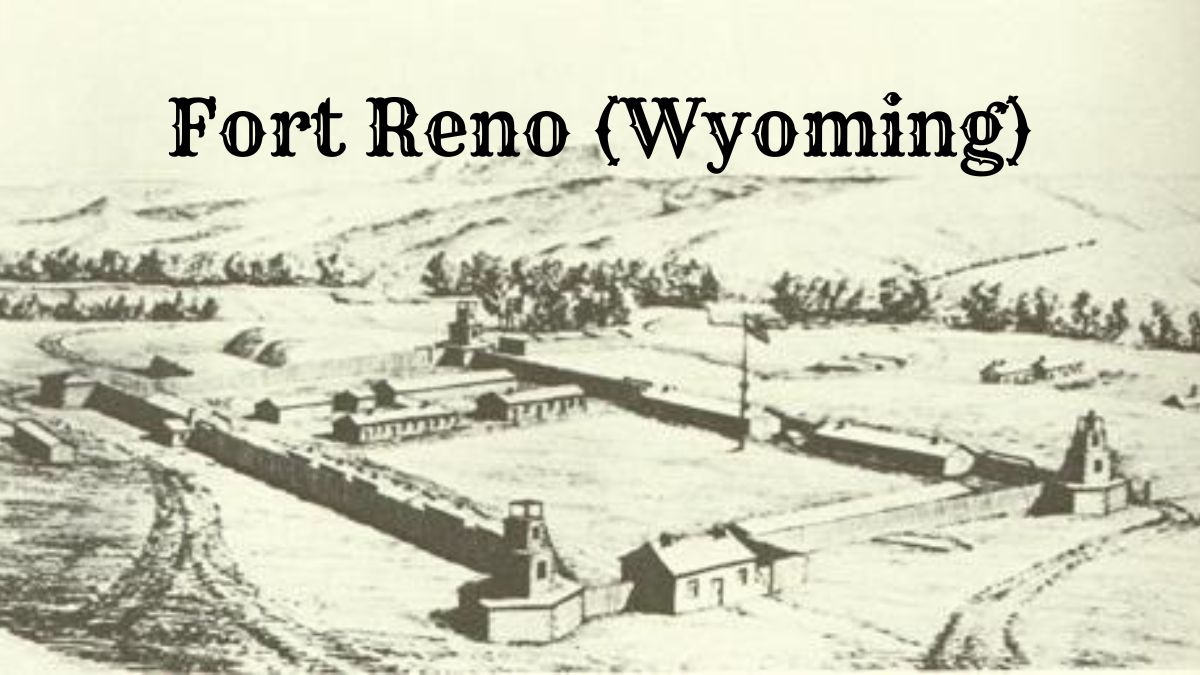Fort Reno, Wyoming, offers a fascinating glimpse into the history of frontier outposts. Established in 1865 during the Powder River Expedition, this fort was crucial in protecting travelers on the Bozeman Trail.
Named after General Jesse L. Reno, it was one of three forts built to secure this route during the gold rush era.
Despite frequent conflicts with Native American tribes, Fort Reno served as a pivotal military post until its decommissioning in 1868, following the Treaty of Fort Laramie.
Today, visitors can explore its historical monument, engage in educational tours, and attend community events celebrating its rich heritage.
History of Fort Reno (Wyoming)
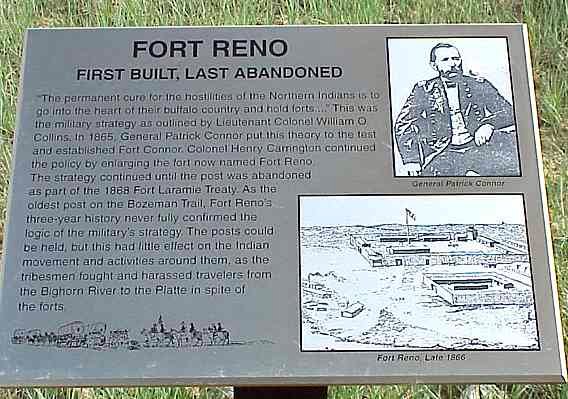
Fort Reno, located in Wyoming, was established in 1865 during the Powder River Expedition, which was part of ongoing military operations against various Native American tribes, such as the Lakota Sioux, Arapaho, and Cheyenne.
The fort’s primary objective was to protect travelers on the Bozeman Trail, which connected Montana’s gold rush territory with the Oregon Trail.
Constructed under the command of General Patrick Connor, the outpost was named after General Jesse L. Reno, a Union officer who perished in the Battle of South Mountain.
One of Three Forts
Fort Reno was one of three forts, along with Fort Phil Kearny and Fort C.F. Smith, built along the Bozeman Trail.
The region surrounding Fort Reno was the site of frequent conflicts between the United States military and the native tribes, who opposed the incursion on their lands.
The most notable event associated with Fort Reno was the Fetterman Fight 1866, which occurred near Fort Phil Kearny. This battle was a significant loss for the U.S. Army and stressed the area’s volatility and danger.
The Treaty of Fort Laramie, signed in 1868, required the abandonment of the Bozeman Trail forts. As part of this agreement, Fort Reno was decommissioned and effectively dismantled that same year.
Today, the site is marked by a historical monument commemorating the brief yet turbulent period during which Fort Reno stood on the windswept plains of Wyoming.
Geography and Climate
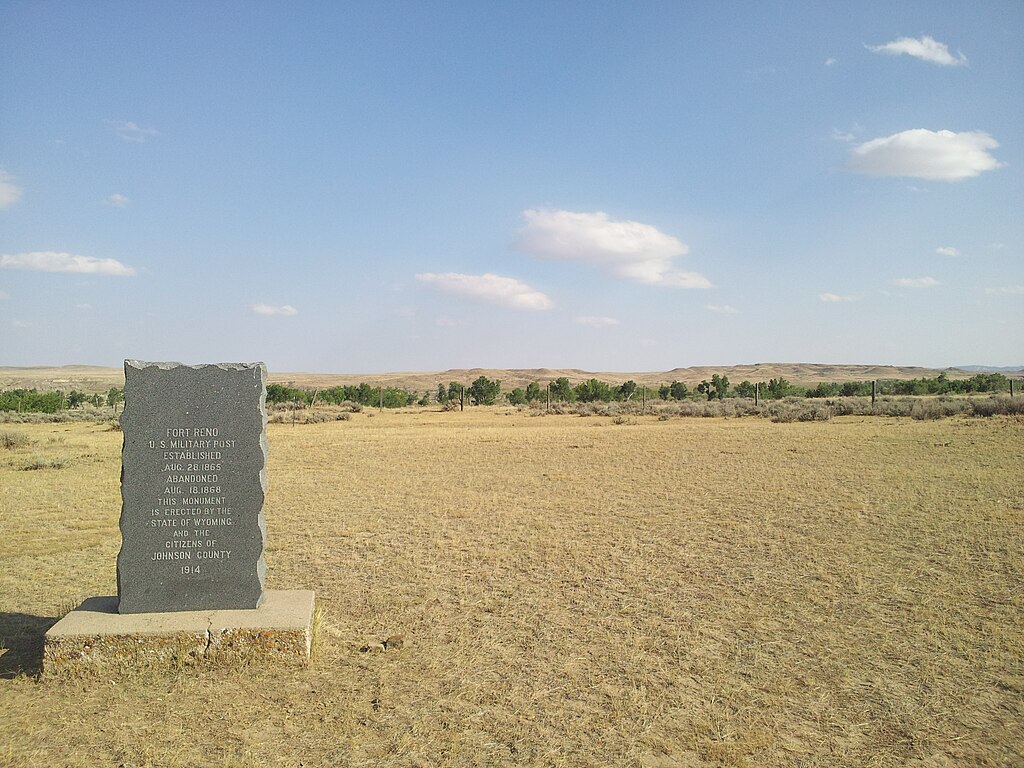
Fort Reno, located in Wyoming, presents a distinct geographical profile and a climate that bears the hallmarks of its northern US location.
Location
Fort Reno is situated in the western part of Wyoming. Strategically placed, it is enveloped by a diverse landscape with rugged mountains and expansive plains.
Climate
The climate of Fort Reno is characterized by its semi-arid conditions.
Winter brings cold temperatures and snowfall, while summers are warm with cooler nights.
Precipitation varies modestly throughout the year, with occasional thunderstorms in the summer.
Archaeological Significance
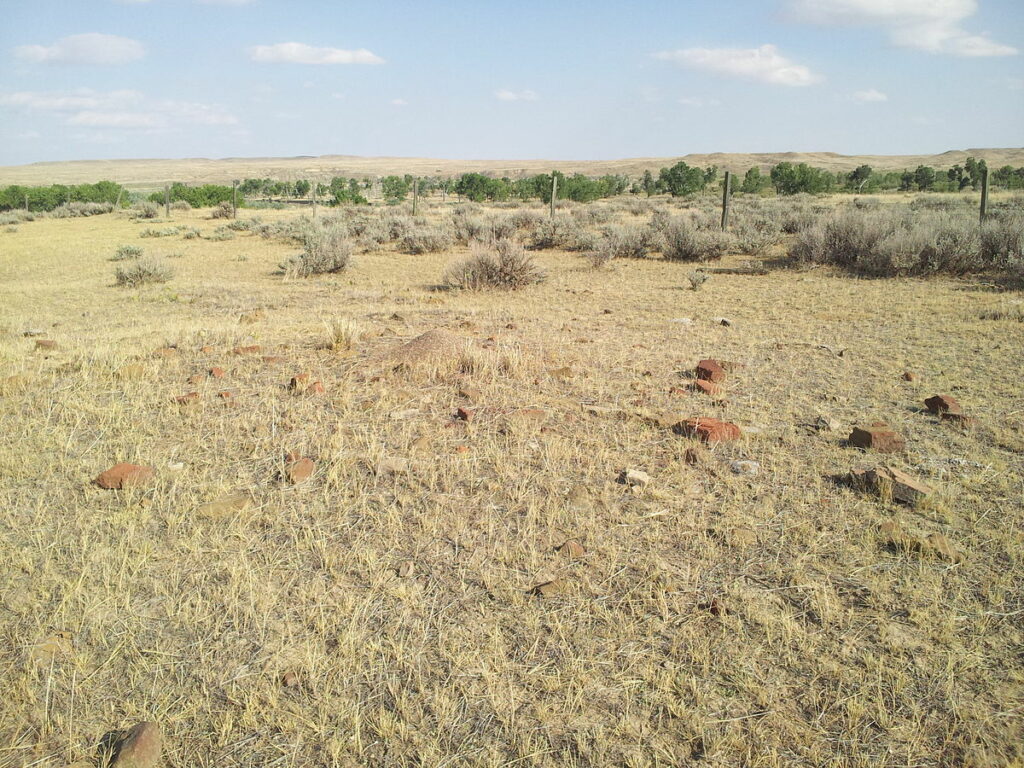
Fort Reno, Wyoming, garners archaeological interest due to the layers of human history evident within its bounds.
Excavations at the site have revealed artifacts attributed to the military presence in the late 19th century, demonstrating the fort’s role in the American Indian Wars.
The discovery of these artifacts helps contextualize the interactions between the U.S. Army and Native American tribes, offering insights into the cultural exchanges.
Key unearthed items include:
- Military Uniform Buttons
- Ammunition Casings
- Personal Items of Soldiers
Additionally, the area has yielded prehistoric artifacts related to the Indigenous peoples who inhabited it prior to European colonization.
These finds include stone tools, ceramics, and evidence of habitation, helping to shed light on the lives of the region’s earliest inhabitants.
Researchers have analyzed these items to piece together social structures, trade practices, and daily life.
Prehistoric discoveries comprise:
- Flint Arrowheads
- Pottery Fragments
- Fire Pits and Hearthstones
These archaeological findings underscore Fort Reno’s value as a historical resource. They contribute to a broader understanding of the diverse cultural narratives shaping the American West.
Through careful preservation and study, Fort Reno continues to offer new information about the past, informing scholars and the public alike.
Explore More: 15 Historic Forts in Wyoming
Tourism and Recreation
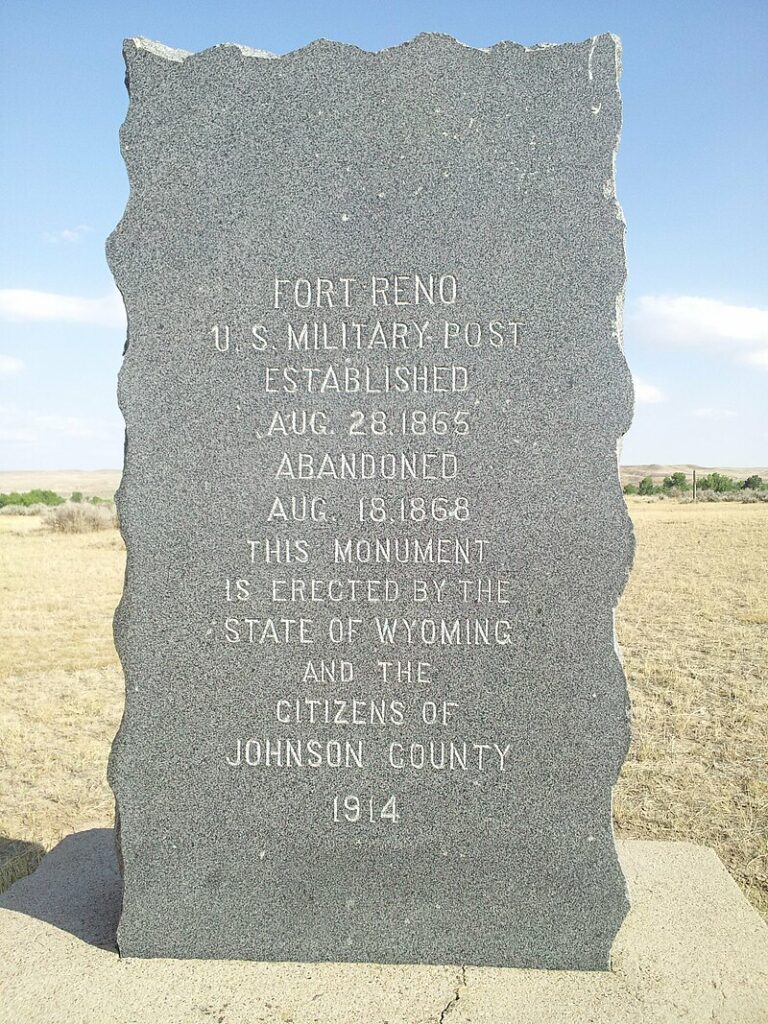
Fort Reno in Wyoming offers a variety of tourism and recreational experiences that cater to history enthusiasts and outdoor activity lovers alike. These opportunities are a blend of educational and engaging.
Visiting Fort Reno
Location: Fort Reno is situated near Buffalo in Johnson County.
Access: Visitors can reach the fort by taking Interstate 25 Exit 255 and following the signs.
Museum: Exhibites and information about Fort Reno are available at Hoofprints of the Past Museum in Kaycee, Wyoming
Recreational Activities
Hiking and Nature Trails:
- Explore the scenic trails around the fort for an immersive nature experience.
- Trails are suitable for varying skill levels, from casual walkers to experienced hikers.
Fishing and Boating:
- Nearby lakes and rivers offer opportunities for fishing enthusiasts to catch local species.
- Boating is available, with rental services for canoes and kayaks.
Events and Festivals
Annual Reenactment Event:
- It takes place in summer, offering visitors a chance to witness reenactments of the fort’s historic battles and life in the 19th century.
Cultural Festivals:
- Fort Reno hosts festivals annually celebrating the region’s culture and heritage, including music, local crafts, and food.

Cory is a website owner and content creator who enjoys fishing, history, coin collecting, and sports, among other hobbies. He is a husband and father of four.
Romans 15:4 For whatever was written in former days was written for our instruction, that through endurance and through the encouragement of the Scriptures we might have hope.

